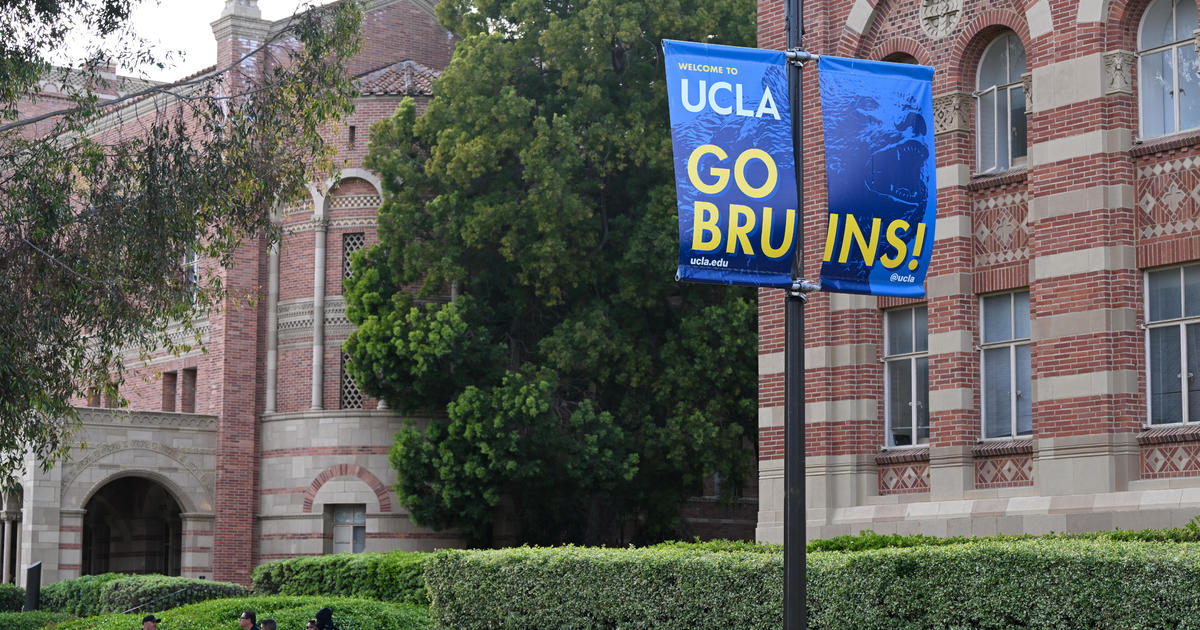A History Of Fusions
Understanding contemporary Peruvian cuisine, acknowledged as one of the world's best, requires digging into its past. And quite probably the best starting point is an exploration of Peru's territory, whose fertile ground nurtured the produce and civilization from which blossomed five centuries of slow seasoned fusion culinary art that never ceases to feed on the contributions of other peoples.
In this tour of Peruvian history, 1532 marks the year when Old Peru started merging with Spanish culture. After Lima was founded, local cooking started a transformational journey that mixed indigenous and foreign ingredients. Local foods, like potatoes, yams, maca, quinoa, yellow peppers, lucuma, papaya, sweet cucumber, avocado, llama, guinea pig, quail, and costal sea fish and seafood, began combining with new Spanish imports like chicken, beef and pork, trapes, wheat, onion, lime, sugar cane and many others.
During the viceroyalty, Arab and African cooking styles arrived together with Spanish culinary traditions. Beef heart brochettes called anticuchos, fried rice and beans called tacu tacu, and carapulcra dry potato stew are some of the results of this mixing of cultures.
New Times, New Flavors
![]()
Migrants from several countries arrived in Peru during the XIXth century and brought with them their gastronomic traditions. Chinese immigrants arrived in Peru to work as farm hands in the coastal plantation, but they did not take long to start their own small shops and restaurants in Lima's Chinatown. Their restaurants started serving so-called chifa meals, a combination of local ingredients like chili peppers and traditional Cantonese cooking. Typically, Limenean lomo saltado sautéed beef was prepared with soy sauce and prepared with traditional Chinese cooking techniques. Cantonese rice came straight out of burning stoves.
Another wave of migration flowed onto on Lima's coast from Northern Italy. Genoese migrants arrived in Callao, Lima's port, and soon opened businesses, from convenience shops to bars and restaurants where they specialized in traditional dishes of chard, basil, cauliflower, beets, broccoli and spinach.
In addition, Peruvians started experimenting with pasta. Italian influence gave rise to dishes that are now standard fare of Peruvian home cooking, such as basil and spinach pesto sauce for pasta, red sauce for spaghetti, and sandwiches made with northern Peruvian ham reminiscent of prosciutto. These dishes can still be enjoyed at hundred year-old restaurants like Queirolo and Cordano or Carbone.
Japanese migrants and their descendants are called nikkei. In the culinary world, this word is intimately related to the cooking that sprung from the fusion of Peruvian and Japanese gastronomy. Cebiche as we now know it was influenced by Japanese cooking techniques requiring that the plate must be prepared at the exact moment of the guest's order.
Makis are among the most well-known nikkei plates. They come in a cebiche sauce, as in Huancaina cheese spicy sauce rolls, furai and other dishes. Some of Peru's most famed Nikkei restaurants are Matsuei, where renowned Nobu Matsuhisa trained early on as a cook, as well as Maido, Ache, Osaka, Hanzo and Edo.
Peruvian gastronomy condenses a rich cultural and biological universe that in addition to ancestral recipes accepts the influence of other cooking styles reinterpreted by the skillful hands of Peruvian chefs.



